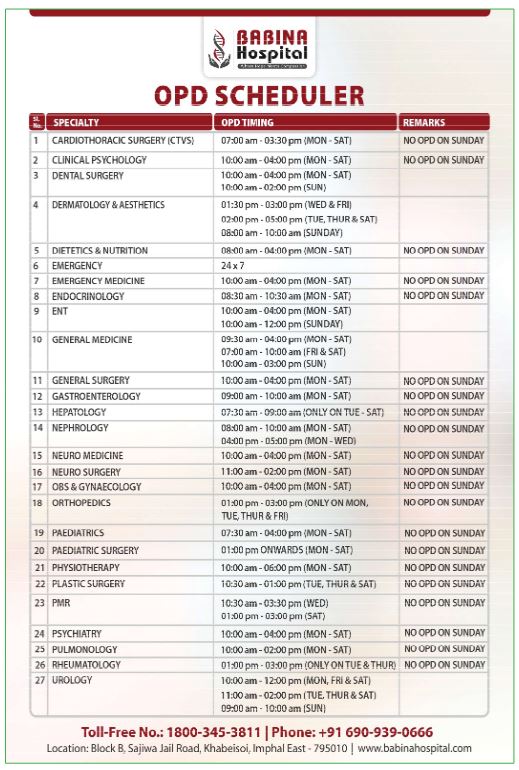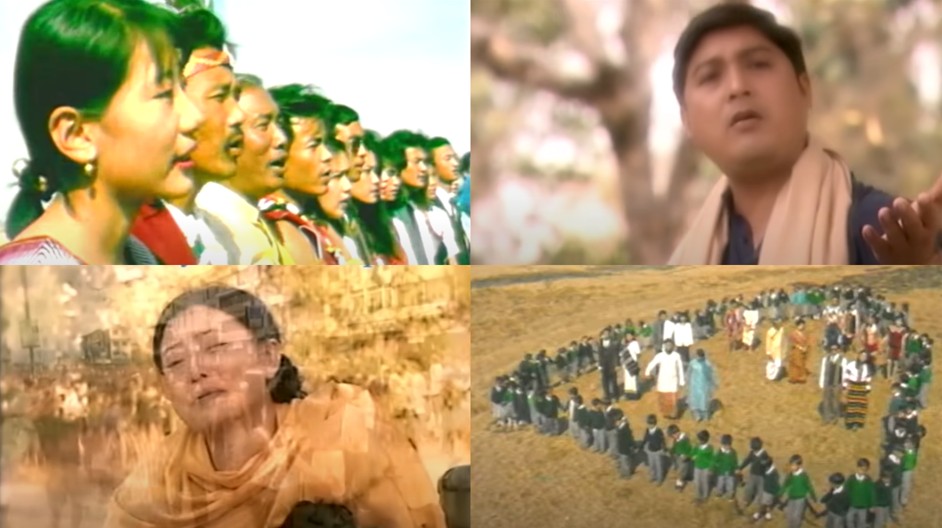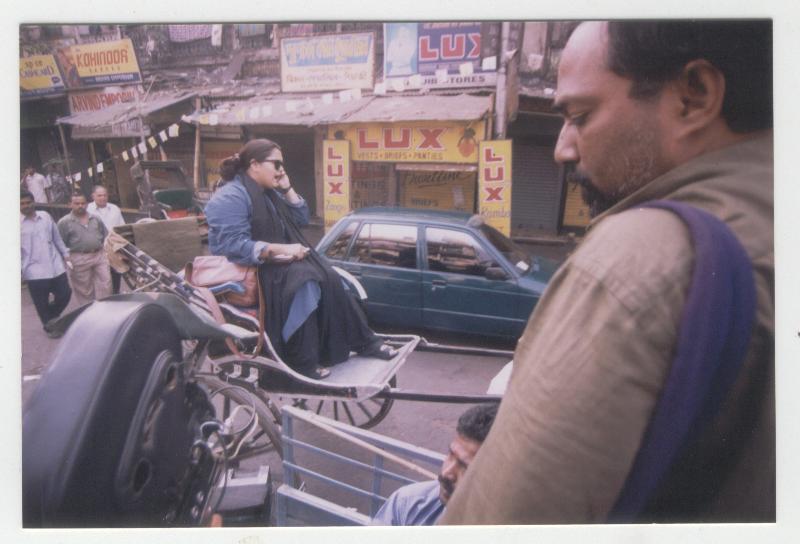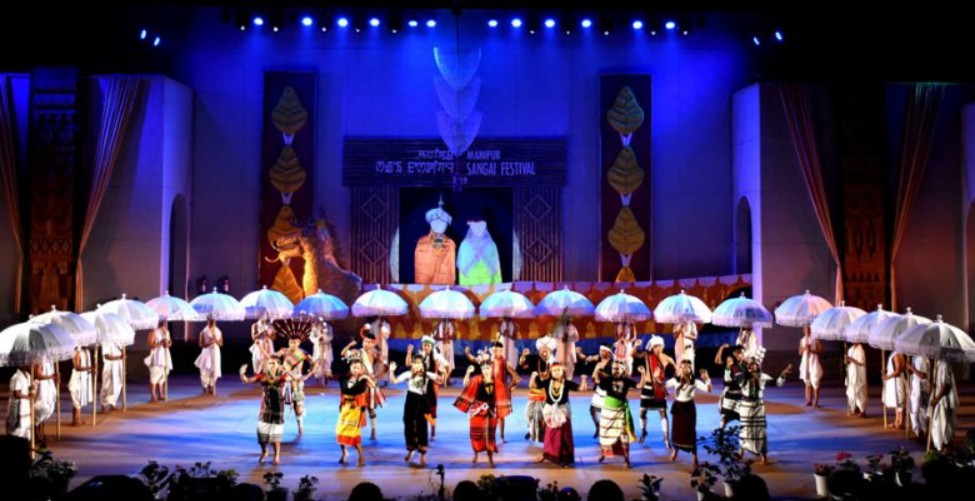Ernest Renan’s famous 1887 lecture on nationalism in which he tries to make sense of the peculiar nationalism that took birth in his native France during, and in the aftermath of, the French Revolution 1789, can hardly be far from mind in any attempt to understand the boundaries, and equally and paradoxically the lack of them, that defines any particular nationalism. Indeed, boundaries of any particular nationalism or identity are always in a flux. A nation therefore, one of the most quoted phrases from Renan’s speech declares, is a daily plebiscite, and therefore the understanding of it, is also always in rapid transformation. Indeed, communities do fall in and fall out of any particular nationality consciousness or affinity. Renan’s other extremely quotable quote from the same speech is that nationalism take birth as much out of what a people collectively decide to forget of their past, as much as what they collectively decide to remember and consolidate as their common heritage. True enough, we see these predictions happening before our very eyes on a routine basis. Hence, formerly warring tribes can come together and decide they were always blood brothers, just as formerly fraternal communities can also become sworn enemies in a matter of a few generations. Most in Manipur will probably agree with these postulates.
Rather than ridicule, the most prudent and honest approach would be to acknowledge this as reality. There is nothing absurd about new identities and nationalities forming, or conversely, consciously discarding old affiliations. Identity and nationality are not genetic conditions that are beyond alteration. On the moral plane, these are a matter of choice of the people concerned. On the plane politics, things are little more problematic, especially when these identities and nationalities begin to be translated in terms of territory or ethnic homelands, and this too is understandable especially in a multi-ethnic situation. The fact also is, there are little or no regions in this world which are not multi-ethnic, and while this reality on its own should not cause frictions, when these identities begin to make claims to exclusive homelands on the plea of contiguity of geography, there would certainly be overlaps of claims. Geographical contiguity is not a one-way phenomenon and it extends to all directions and from all directions, so that all the different poles will have a legitimate claim to the territory in the middle by the same principle. Take the case of the Dzuko Valley. If the Southern Angamis see it as their contiguous territory, the same valley is also contiguous from Mao, Maram, Zeliangrong and more regions. This being so, any discussion on identity or nationality cannot afford to ignore the idea of shared sovereignty, and democracy is a method for putting this into effect. Democracy is not perfect, and in Churchill’s words “It is the worst system if not for the others”. In other words, it may not be ideal, but there is no better replacement for it. Renan’s idea of a nation as a daily plebiscite is also reminiscent of this idea of democracy as the best arbiter of identity and nationality.
But let it be remembered that in the picture of instability and chaos that the idea of shifting identity affiliations gives, there is also hope. This is so for whatever is given to shifts and fluxes would also have to be amenable to restructuring through consensus. The corollary from this is also that rigid identities will always be prone to frictions from within and resistance from without. The way around then is for identities to be resilient and amenable to accommodation and change, albeit without being fickle and faceless. It must stand on a solid foundation, but must be ready to accommodate changes that time brings. Manipur, and all the nationalities that form it, must from time to time be ready to rediscover the new locus of this fine line of this shifting identity. In this exercise, it would be good to be a little humbled by Renan’s other reminder that the basis of any particular nationalism is also possible because of attributes of the past of a people collectively and consciously have pushed into oblivion. Nationalism by this definition is also about choosing not to believe in parts of the reality from the past that would have destroyed the very idea of that particular national consciousness and pride. If nationality is a collective identity, then maybe it is a truism that this identity must come from a plebiscite – a periodic spiritual one – to ensure universal acceptance and harmony.
The face of another nationalism
What is it to be Indian for a Manipuri? Before attempting an answer, a caveat: the Manipuri identity itself is hotly contested between the state’s many ethnic communities. This is particularly so in recent times with the advent of democracy, and the consequent contest for levers to state power. It is for this diversity of demography, and the perpetual need for renegotiating identity, that Manipur has often been referred to as a miniature India. This situation also brings to mind Earnest Renan’s famous line that the “nation is a daily plebiscite”, signifying national identity is constructed and not intrinsic.
For most in the Northeast, the Hegelian existential question “Who am I?” has had to be renegotiated the day he stepped across the thin strip of land connecting the region to sub-continental India, often referred to as the Siliguri Corridor or the Chicken’s Neck.
In Manipur’s case, this is peculiar. For many middle-class young men and women from the state, especially among the Hindu Meiteis who grew up amidst a devout Vaishnavite culture, (where the unspoken will their elders is to have their cremation ashes immersed in the holy Ganga or in the sea at Puri, near the Jagannath Temple), this question begins to be troubling normally at college age, which is about the time their parents send them away for higher studies in better political and academic climes of other Indian states. Till then, most would have had no real problem in believing themselves to be Indians without even the need to reflect on what it means to be Indian. They celebrate Holi and Durga Puja and other Hindu festivals, and thus share a loose sense of “imagined” community with the rest of India. Their sense of a let-down is when they discover there is more to the Indian identity than what they believed it to be all along. Needless to say, many end up embittered.
A panoramic scan of Manipur’s demography will be pertinent. The Meiteis are one of three major ethnic groups of the state, and are predominantly Hindus. Roughly seven percent of them are Muslims and unspecified percentage follows the original pre-Hindu faith Sanamahi, now given new life by a strong revivalist movement. But Sanamahi religion, it must be said, has in the present times become somewhat an extension of Hinduism, although their followers deny this. Religious ceremonies and rituals of Sanamahi today closely mirror Hindu ones. The fact that Hinduism was till recently not a strictly structured religion has helped.
The other two major groups are Nagas and Kukis, and they are almost a hundred per cent Christians today. This followed the proselytising path opened by pioneering American Baptist missionary, William Pettigrew, in the closing decade of the 19th century. Their sense of affiliation to the idea of India is (or at least was) a different equation, for India although politically secular, is still predominantly a land of the Hindus culturally. In modern times, radical Hindu nationalists trying to give this religious identity a political hue, has only accentuated this attribute.
Not so much in Manipur, but a good majority of the Nagas in Nagaland, for instance, would, even today, say they are not Indians. But then, there would have to be a finer distinction made here. The “Indian” that the Nagas say they are not, is an imagined ethnic category and not a citizenship status. So when an average Naga says he is not an Indian, he usually means he is not the Dravido-Aryan, plainsman that he considers is the ethnic profile of an Indian. In Manipur, there is a separate category for the plainsman Indian – Mayang. A Meitei, Kuki or Naga from Manipur hence would say he is not a Mayang but would have less trouble calling himself Indian, for Indian here, to a great extent, is a civic identity signifying constitutional citizenship, and not necessarily a cultural identity.
But the trouble is, being an Indian does not end here. Quite to the contrary of what the republican constitution of India says, “Indianness” is often quite intuitively projected as the continuity of a mainstream of a 5,000 year old civilisational memory. Furthermore, this civilisational identity is now being almost completely appropriated by radical Hindu nationalists at the cost of alienating all who had not been part of this stream. The Northeast is a prominent case in this category.
Moreover, the Northeast is surrounded by foreign countries on all sides except for the estimated 2 per cent boundary it shares with the rest of India at the thin Siliguri Corridor. This geography itself predicates the redundancy of the other definition of the state that Peter J Taylor called “a cultural container” from which nothing spills out and into which nothing spills in, without raising suspicion of disloyalty to the nation. It is only natural that the Northeast will have cultural affinities with people across the international borders, and this should be no reason for loyalty suspicions. The much hyped Look/Act East Policy must also internalise this understanding.
Sometime in a pre-historical era, as a water-logged Imphal valley began drying up, groups of people descended into it from the surrounding hills. The fertile alluvial flatland became a blessing for the settlers and when they discovered the bounties of wet rice cultivation and other technologies of agriculture such as the bullock-driven plough, they were released from the perpetual need to hunt and gather food. The energy and leisure thus unleashed resulted in an explosion of new occupations and pursuits.
Predictably, the valley came to be a crucible of civilisation, capable of giving the world the game of polo, an India classical dance, the Nat Sankirtan which incidentally has been declared a UNESCO world heritage, and more. But the disparity in economy between the hills and the valley led to another typical Zomian theatre of conflict that Yale professor James Scott conceived of, in which similar “paddy states” across SE Asia are perpetually pitted against “state evading” hill tribes.
The advent of democracy changed this paradigm of power and development, but memories of antagonisms from a past era linger, causing many present day frictions. The challenge before Manipur then is to renegotiate and refresh its identity. In much the same way, on the larger canvas, the India nationalism too must remain “a daily plebiscite.”
This is the only way to convert dissenting voices into political capital in nation building. Unfortunately, the tendency has been the opposite. For evidence look at the way even a uniquely non-violent resistance against a draconian law, the Armed Forces Special Powers Act, 1958, by Manipur’s iron lady, Irom Sharmila, whose 16-year hunger strike odyssey failed to move the Indian state even an inch.












